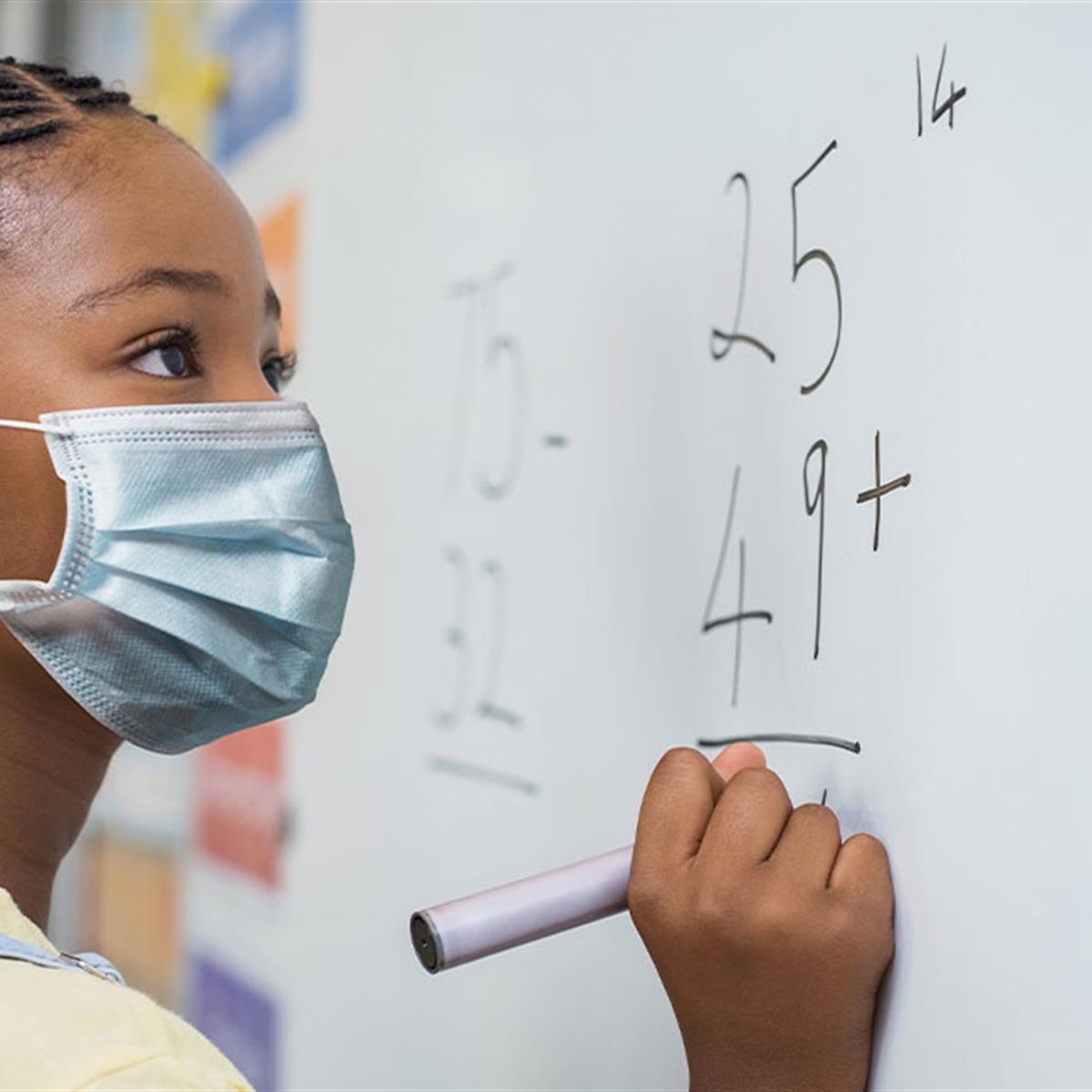Recomendaciones para el retorno a clases en 2021

Durante tres meses se reunieron diferentes actores del mundo educativo para dialogar y relatar sus experiencias, difi cultades y aprendizajes sobre cómo fue educar en pandemia.
En largas jornadas y sesiones, que se desarrollaron durante octubre, noviembre y diciembre, coincidieron en que en los primeros días de cuarentena hubo momentos de mucho estrés, desmotivación y de poca claridad; pero también comentaron que de a poco pudieron innovar y fl exibilizar los procesos de aprendizaje.
Dentro de las recomendaciones, la mayoría de quienes participaron de las jornadas tituladas Recreando el Aprendizaje en Pandemia, concluyeron en que es necesario revisar la forma en que se organizan las actividades al interior de las escuelas y algunas logísticas para el retorno, como mejores coordinaciones con los ministerios de Transporte, Desarrollo Social y Salud.Recomendaciones para el retorno a clases
1.- Desarrollar un proceso pedagógico para un escenario de retorno a clases de manera híbrida, con clases remotas y presenciales, de modo de respetar las medidas sanitarias y prevenir contagios.
2.- Proveer de un dispositivo y una conexión que asegure la posibilidad de involucrarse en el proceso de enseñanza a cada estudiante, docente y asistente de la educación.
3.- Garantizar recursos y condiciones para el desarrollo del proceso educativo durante 2021 y comunicar a los sostenedores disponibilidad y orientaciones para el uso de los recursos.
4.- Informar de manera clara y oportuna sobre las decisiones de retorno a clases y los cambios que generan las medidas sanitarias.
5.- Entregar apoyo orientado al bienestar sicológico de la comunidad educativa y realizar campañas que prioricen el bienestar socioemocional.
6.- Adecuar los espacios en las escuelas para realizar actividades y ocupar el espacio al aire libre.
7.- Planifi car el uso de transporte, especialmente para los estudiantes, para que puedan asistir de manera presencial y para facilitar la distribución del material pedagógico a domicilio. Recommendations for the return to school in 2021
For three months, different actors from the educational world met to discuss and relate their experiences, difficulties, and lessons learned about what it was like to educate during the pandemic.
In long days and sessions, which took place during October, November, and December, they agreed that in the first days of quarantine there were moments of great stress, lack of motivation, and lack of clarity; but they also commented that little by little they were able to innovate and make the learning processes more flexible.
Among the recommendations, most of those who participated in the sessions entitled Recreating Learning in Pandemic, concluded that it is necessary to review the way in which activities are organized inside schools and some logistics for the return, such as better coordination with the Ministries of Transportation, Social Development and Health.
Recommendations for the return to school
1.- Develop a pedagogical process for a hybrid back-to-school scenario, with remote and on-site classes, in order to respect sanitary measures and prevent contagions.To provide a device and a connection that ensures the possibility of being involved in the teaching process to each student, teacher and education assistant.
3.- Guarantee resources and conditions for the development of the educational process during 2021 and communicate the availability and guidelines for the use of resources to the supporters.To inform in a clear and timely manner about the decisions to return to classes and the changes generated by the sanitary measures
.5.- Provide support oriented to the psychological well-being of the educational community and carry out campaigns that prioritize socioemotional well-being.
6.- Adapt the spaces in schools to carry out activities and occupy outdoor space.To plan the use of transportation, especially for students, so that they can attend in person and to facilitate the distribution of pedagogical material at home. Incorporate more extracurricular activities, such as art, music, physical education to reinforce a comprehensive approach in the formation of students.
To incorporate all the actors of the educational community in the decision making process, taking into account the needs, experiences and local, regional and school realities.
10.- Monitor the emotional well-being of students and teachers in support of the health network.
To plan the use of transportation, especially for students, so that they can attend in person and to facilitate the distribution of pedagogical material at home. Incorporate more extracurricular activities, such as art, music, physical education to reinforce a comprehensive approach in the formation of students.
To incorporate all the actors of the educational community in the decision-making process, taking into account the needs, experiences and local, regional and school re

